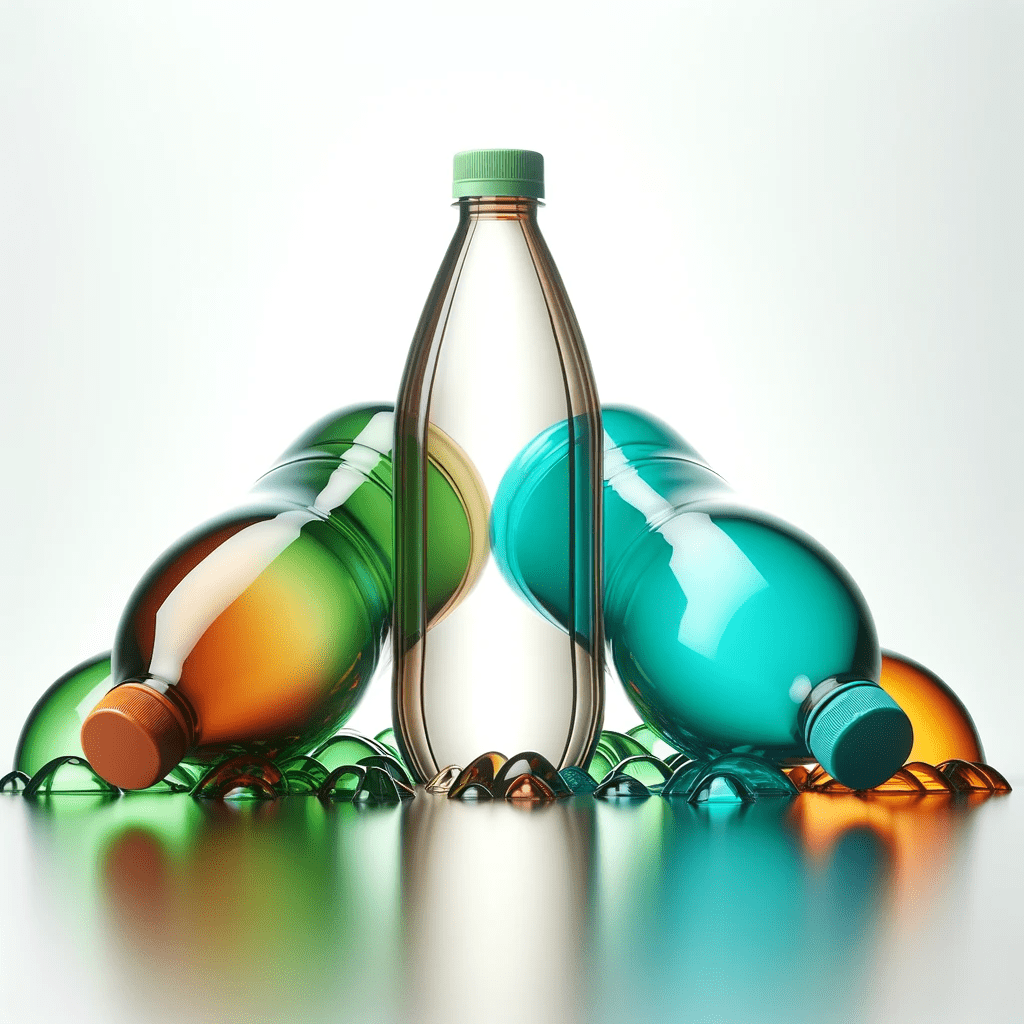Golden Design Rules: Enhancing PET Recycling Through Design

The Consumer Goods Forum (CGF) has established 9 Golden Design rules to tackle plastic pollution. Rule #1 is to increase the value of PET recycling by embracing transparency and simplicity.
The Consumer Goods Forum (CGF) is a global, industry-led organization that brings together consumer goods manufacturers and retailers to pursue business practices for efficiency and positive change. Established to foster collaboration in the consumer goods industry, CGF addresses local and global challenges by harnessing the collective power of its members.
You can also read: Tackling the Complexities of PET Recycling
The golden design rule #1: Transparency and Simplicity
The golden design rule #1 stands out for its simplicity and effectiveness: use transparent, uncolored PET, or at worst, transparent blue or green in PET bottles, ensuring that material and adhesive choices, as well as label sizes, are recycling-friendly. This straightforward principle could be a game-changer in addressing the complex challenges of PET recycling.
Polyethylene terephthalate (PET) recycling faces numerous obstacles, with contamination being a primary concern. Colored and opaque plastics, varying adhesive types, and label sizes make the sorting and recycling process more complex and less efficient. These factors lead to a lower quality of recycled material, reducing the recycling rates and the economic viability of recycling programs.
PET Recycling Challenges
The golden design rule advocates the use of transparent and uncolored PET in bottle manufacturing. This approach greatly simplifies the recycling process by reducing the sorting complexities. Transparent PET does not need extensive processing to remove colors, making it more desirable for recyclers. Similarly, careful selection of adhesives and labels that don’t hinder the recycling process ensures that the PET remains pure and recyclable at its end of life.
Beneficial for Recycling Rates
Adopting this design principle can significantly enhance PET recycling rates. It leads to a higher yield of usable recycled PET, as clear PET can be recycled more times than colored PET without quality degradation. Moreover, transparent PET bottles are more easily identified and sorted in recycling facilities, increasing the efficiency and throughput of recycling operations.
Implications for the industry
For brand owners and manufacturers; adhering to this rule means aligning product design with sustainability goals. This not only aids in meeting regulatory requirements but also resonates with environmentally conscious consumers. Additionally, it opens up broader market opportunities for recycled PET, as high-quality recycled material is in greater demand.
Finally, embracing the golden design rule #1 in PET bottle manufacturing offers a practical solution to enhance PET recycling rates. It simplifies the recycling process, ensures the production of high-quality recycled material, and aligns with sustainability goals. As the industry moves towards a more circular economy, such design considerations will play a pivotal role in ensuring the success of recycling initiatives.
